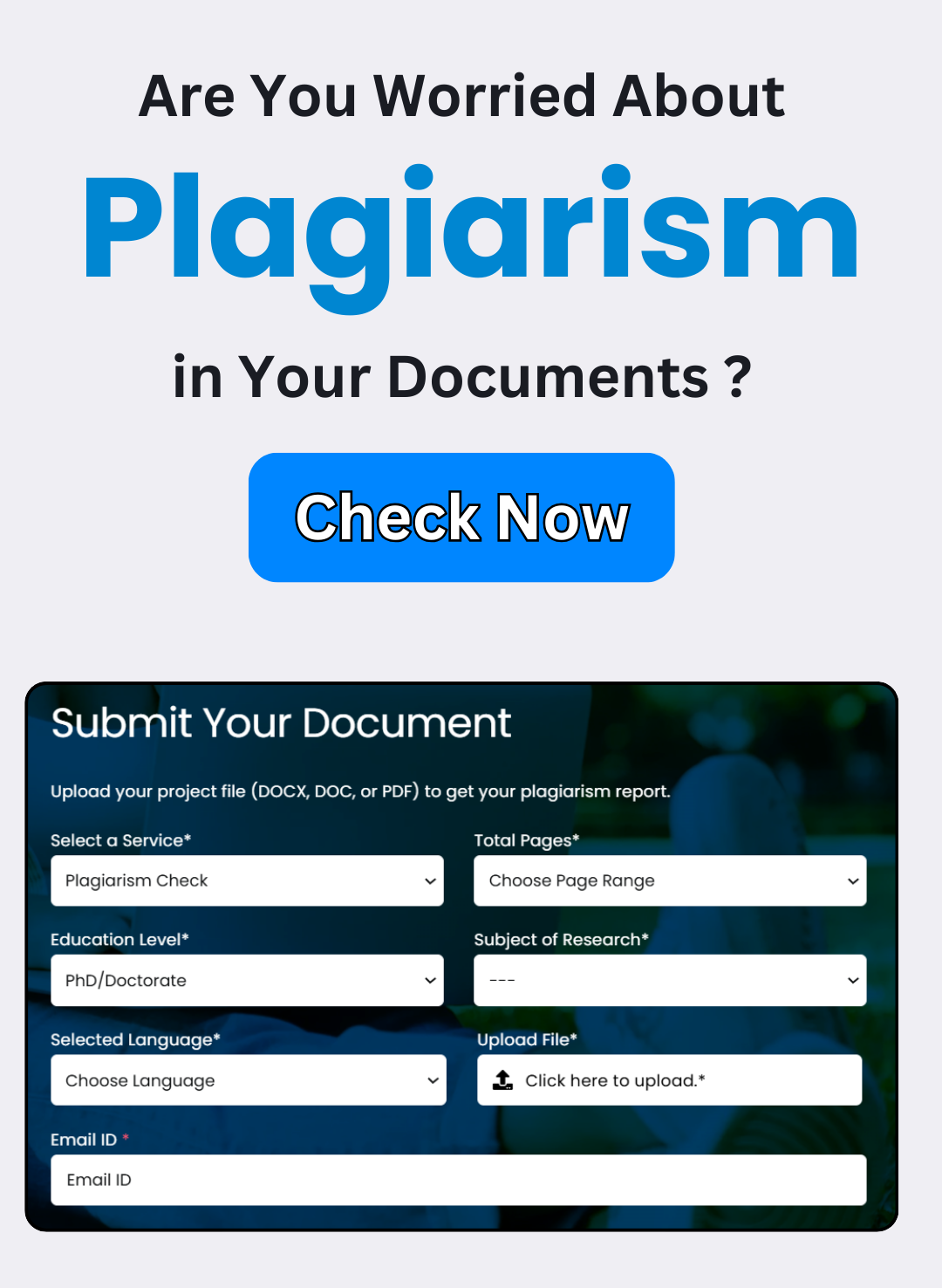How to Avoid Plagiarism in Your Literature Review
How to Avoid Plagiarism in Your Literature Review
Plagiarism is a serious issue in academic writing, and it’s particularly important to be aware of it when working on a literature review. A literature review is an analysis and synthesis of existing research on a specific topic. It requires a deep understanding of the material and the ability to summarize, critique, and weave different perspectives together. However, with the nature of this task, it can be easy to unintentionally plagiarize. In this article, we’ll explore how to avoid plagiarism in your literature review and ensure that your work is original, properly cited, and ethically sound.
What is Plagiarism?
Before you can avoid plagiarism, it’s essential to understand what it is. Plagiarism is the act of using someone else’s ideas, research, or words without giving them proper credit. It can take several forms, including:
- Direct Copying: Copying text or data word-for-word from a source without citation.
- Paraphrasing Without Attribution: Restating someone else’s ideas in your own words without acknowledging them.
- Presenting Others’ Ideas as Your Own: Using another’s intellectual property without giving proper credit.
It’s important to remember that plagiarism doesn’t only involve text. Images, videos, and other content can be plagiarized too.
1. Always Cite Your Sources
The most straightforward way to prevent plagiarism is to cite all the sources you use in your literature review. Whether you’re quoting directly or paraphrasing, proper citation is key. Make sure to follow the citation style specified by your institution, such as APA, MLA, or Chicago. Each citation style has its own rules for referencing books, articles, and other materials, so be sure to stick to the guidelines carefully.
Why It Matters:
- Proper citations give credit to the original authors.
- They show that you’ve conducted thorough research.
- They help readers find the sources you’ve referenced for their own work.
2. Use Plagiarism Detection Tools
Even with careful citation, mistakes can happen. This is where plagiarism detection tools come in handy. These tools scan your work and compare it to a vast database of published materials to identify any possible instances of plagiarism. Programs like Turnitin, Grammarly, and PlagScan can help catch accidental plagiarism before you submit your work.
How They Help:
- Detects similarities between your text and published material.
- Allows you to revise your work and fix any unintentional overlaps.
- Ensures your literature review remains original and fully cited.
3. Be Aware of Self-Plagiarism
Another important aspect of plagiarism is self-plagiarism, which occurs when you reuse your own previously published work without proper citation. While this may seem harmless, self-plagiarism can have serious academic consequences and is considered unethical. Always cite your previous works if you’re using content or ideas from them in your literature review.
Avoiding Self-Plagiarism:
- If you’re revisiting your own previous work, treat it as you would another author’s work—cite it properly.
- Be mindful not to repurpose entire sections without acknowledgment.
4. Use a Variety of Sources
To ensure your literature review is both original and thorough, make sure to incorporate a variety of sources. Using a range of primary and secondary sources, and balancing both recent and older studies, will strengthen your review. It shows you’ve conducted a comprehensive investigation into the topic, and it minimizes the risk of leaning too heavily on one particular source.
Benefits of Diverse Sources:
- Broader Perspective: Incorporating diverse views strengthens your analysis.
- Depth and Credibility: A range of sources adds depth to your understanding and shows thorough research.
5. Take Notes in Your Own Words
As you read through your sources, take notes in your own words. This helps you better understand the material and reduces the temptation to copy text verbatim. When you take notes, focus on summarizing key points, insights, and arguments from the source. This will also help you synthesize the material into a coherent review.
Tip:
- Rewriting the information in your own words ensures that you’re processing the material critically and not just copying it.
- It also makes it easier to cite sources accurately when you’re drafting your review.
Conclusion
In academic writing, especially in literature reviews, plagiarism can undermine the integrity of your work and your academic reputation. By understanding what plagiarism is and using the best practices for citation, plagiarism detection, and research, you can ensure that your literature review remains both original and ethical.
Key takeaways:
- Always cite all sources, even when paraphrasing.
- Use plagiarism detection tools to catch potential errors early.
- Avoid self-plagiarism by citing your own previous work.
- Incorporate a wide range of sources to create a comprehensive, well-rounded review.
- Take notes in your own words to ensure better understanding and avoid copying text.
By following these guidelines, you’ll produce a high-quality, well-cited literature review that upholds academic integrity and avoids any plagiarism pitfalls.
How Much Turnitin Plagiarism Is Accepted for Publishing a Book?
Introduction:
When it comes to publishing a […]
How to Submit Your Thesis Without Plagiarism: Our Turnitin Report Service in India
Introduction
Writing a thesis is one of […]
Why Turnitin Plagiarism Check is Essential for International Research Collaboration
Introduction
International research collaborations are becoming increasingly […]
How to Improve Your Turnitin Report Score for Research Papers in India
Introduction
For students and researchers in India, […]
The Role of Turnitin in Academic Research and Publication in India
Introduction
Academic research and publication are central […]
Is Your Thesis Plagiarism-Free? How Turnitin Reports Can Help Indian Students
Introduction
Writing a thesis is a monumental […]


